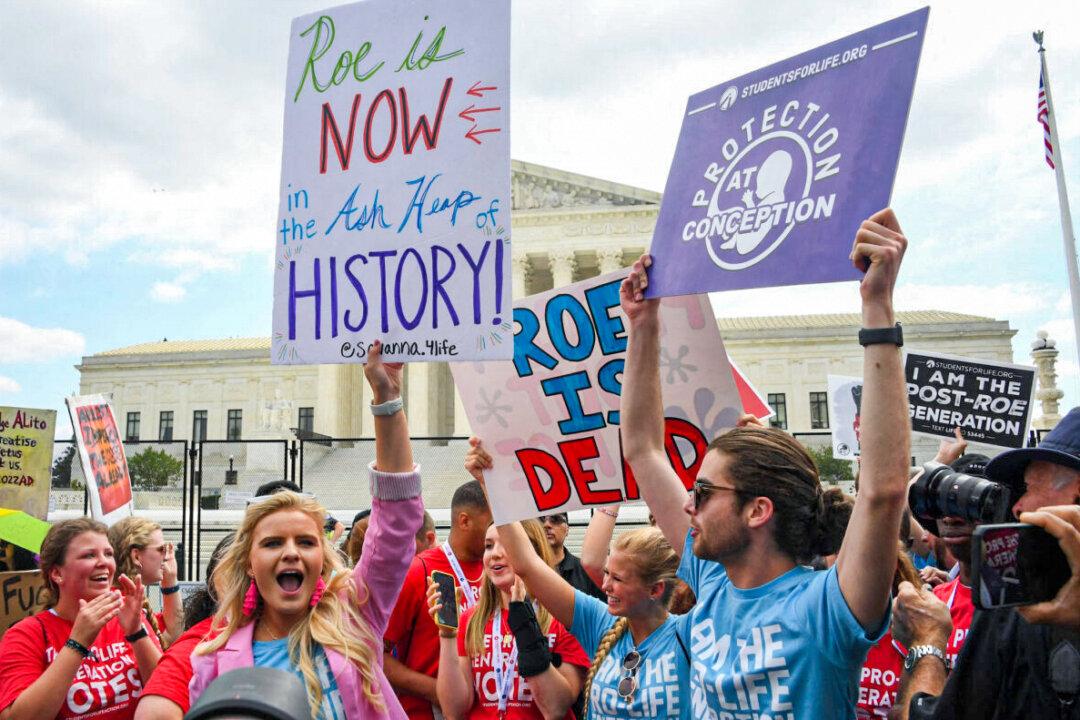Commentary
On Aug. 8, a ballot measure in solidly red-state Ohio that would have made it more difficult to amend the state constitution to liberalize abortion access failed by an embarrassing landslide.

On Aug. 8, a ballot measure in solidly red-state Ohio that would have made it more difficult to amend the state constitution to liberalize abortion access failed by an embarrassing landslide.